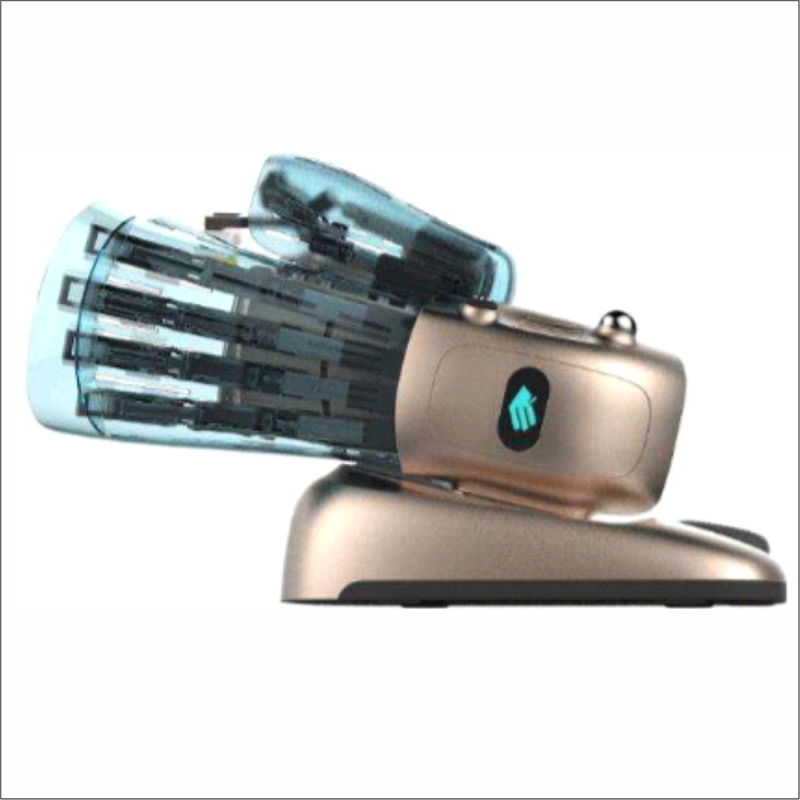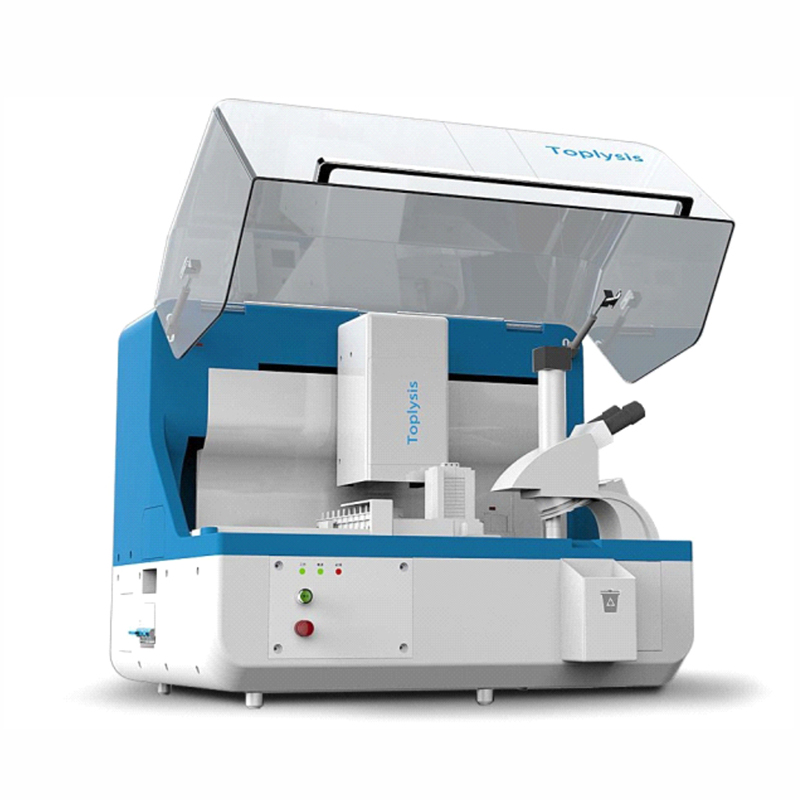The RayNeo X2 Lite is half the weight of the X2, but still provides a true AR experience.
The TCL RayNeo X2 Lite. Good Design In China

Every year in January consumer tech brands gather in Las Vegas for the Consumer Electronics Tradeshow (CES). I did not make it to the show this year, but TCL’s marketing team wanted me to try a prototype of its super lightweight AR glasses, the X2 Lite. So when we realized our paths would cross briefly at the Hong Kong airport (they were en route back to Shenzhen from Las Vegas, I was about to head out to San Jose to attend Samsung’s Galaxy S24 launch), we took the chance to meet.
We only had about 30 minutes—I had a flight to catch—but we managed to sit down, and I demoed the X2 Lite. This is indeed a much more smaller piece of eyewear than the existing RayNeo X2.
The X2 Lite (left) next to the original X2 (right).
The X2 Lite weighs 60g compared to the X2’s 120g, and perhaps more importantly, it has a slimmer frame that looks more like a normal pair of glasses compared to the X2, which looks a bit unusually large on my face.
The X2 Lite (left) and the X2 (right) on my face.
The X2 Lite runs on a newer Snapdragon AR Gen 1 chip, which, as the name implies, is developed specifically for AR eyewear. The older X2 runs on an older Snapdragon chip that’s meant more for VR.
The X2 Lite, like the X2, are AR glasses with MicroOLED screens built into the lenses, meaning you do not have to plug these into a phone or computer. The display tech uses waveguide technology, which uses an array of partially reflective mirrors to reflect visuals to the wearer’s point of view.
The X2 Lite's waveguide screens.
This technology has limitations: others can clearly see something is running on the lenses, and the display area is relatively small at 30-degrees. But it’s okay, because the visuals are not meant to cover our entire field of vision. This is AR, or augmented reality, and the point of the visuals is to provide context to our real world. Think of Tony Stark’s heads-up display when he wears the Iron Man helmet.
From my testing of the prototype unit, I was able to see a virtual AI guide who can answer questions. Moving forward, TCL said the virtual assistant will be able to do live translation. TCL says you’ll be able to get real time navigation, too: you can be cycling on a street and have on-screen prompts telling you when to turn.
TCL RayNeo X2 marketing image
The visuals I saw were colorful and vibrant. The display gets up to 1,500 nits of maximum brightness so it’s enough to use outdoors. I found the displays too bright actually, preferring to lower the brightness to 25% to ease eyestrain.
The X2 Lite can operate entirely standalone, so it has a battery, internal memory, and all the sensors needed. So what sets it apart from the X2? Why is it lighter? Well, the X2 has extra sensors for body tracking, which allows for more immersive AR experiences. The Lite won’t be able to detect where your body is in relation to what you’re looking at.

Processing Technology The more capable, but heavier and pricier X2 will be launching very soon, while the X2 Lite is scheduled for later this year. The price for the X2 is around $800, with the Lite likely a bit cheaper. While these prices initially seem high, we have to remember Apple’s Vision Pro is $3,500. I’m not saying TCL’s glasses can do the exact same things as the Vision Pro, but they’re in the same family of products. AR eyewear is an industry that seems poised for an explosion in 2024.